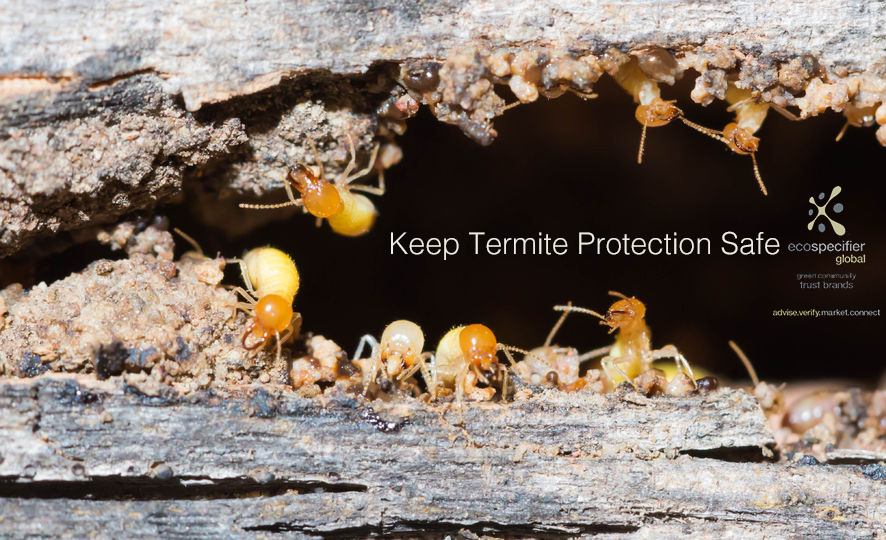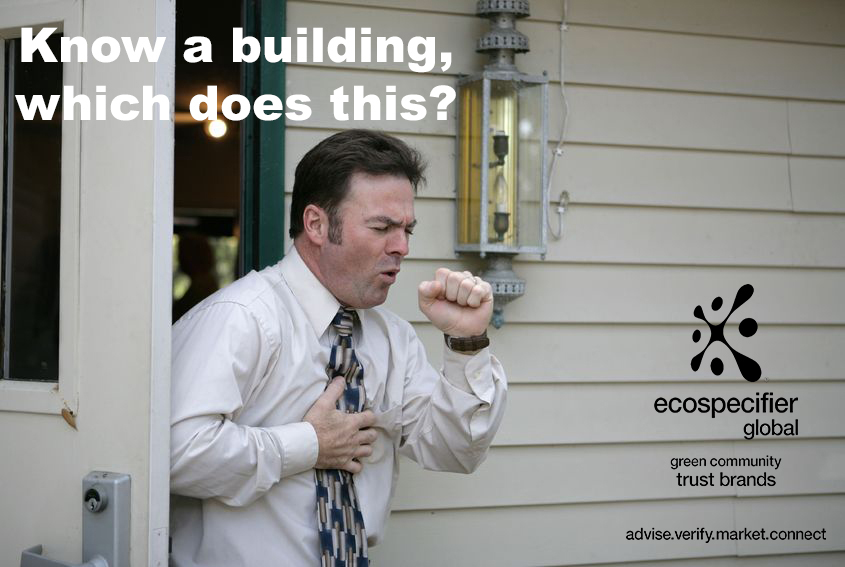In Australia, termites cause more extensive damage than all natural hazards combined, and of course termite damage often isn’tcovered by home insurance, so it is natural to want to make sure your home is protected from termites … but how? What is the best type? What is also safest for your family?
There are two main types of termite prevention, physical and chemical. No matter how you dress up chemicals designed to control termite populations, their inherent nature is one of harm and there is no way around it. For parents with small children, families with pets, expectant mothers or simply those who desire increased peace of mind, the physical barrier method of keeping termites out is the best choice for you. There are also some chemicals that are designed only to affect termites specifically.
Chemical barriers
A chemical barrier is a termite barrier that involves applying chemicals to mediums surrounding the home (e.g. applied to the building’s perimeter and/or foundations, applied between plastic sheets and laid under or in buildings floors or walls, or simply applied to the soil via sprays or permanent pipework that allows replenishing from time to time).
Advantages
- Can be used at any stage of the buildings life (although once a concrete floor is laid only permanent piping laid under the slab enables re-application over time)
- The chemicals can be slow acting allowing affected termites to infect other termites in its colony (depending on chemical used);
- Specific chemicals can affect insects only and not have any affect on humans or the environment (e.g. Bayer’s ‘Premise’);
Disadvantages
- Some are potentially harmful for your family and environment particularly birds and creeks;
- Most approved chemicals today require re-application every 5-10 years and therefore require some means of re-application. Just spaying under a slab and hoping it will last the life of the building is no longer an option (the chemicals that could last that long were also highly toxic to people and the environment and have been banned for many years);
- Application to existing buildings without permanent pipework in place may require a trench dug all around the building to 500mm deep and access holes drilled every 1 metre or so throughout the whole floor to allow the chemicals to be pumped in underneath concrete slabs etc.
- Can be disrupted by external activities (e.g. landscaping).
Physical barriers
A physical barrier is made of a solid material that termites cannot penetrate, A layer is placed underneath the floor or within the foundations and walls of the home. Unlike chemical barriers; physical barriers rely on their unique design and composition to physically prevent termites from getting through. Physical barriers are usually composed of metal e.g. stainless steel mesh, or metal/polymer sandwich (e.g. Alcor), crushed rock (e.g. GranitGard) or similar materials that termites cannot chew or move through and they need regular inspections to ensure the termites do not build around them. Physical barriers need to project out beyond the structure, be unbroken and continuous and be visible in the walls and over piers.
Advantages
- No health or environmental concerns regarding chemicals, this is especially relevant for the vulnerable members of the population e.g. expectant mothers, the elderly, the young and household pets;
- Properly installed physical barriers are significantly more effective than chemical treatments provided they are inspected regularly;
- Once implemented, there is no need for re-treating as they are permanent.
Disadvantages
- Generally only can be installed during the construction of new buildings or on extensions of existing buildings (however some can be retrofitted to existing buildings);
- Must be continuous and properly installed or will not work (same as any termite barrier really);
- Do not kill termites;
- Require regular inspection.
Hybrid Systems
Hybrid systems are a subset of physical barriers, where the actual materials of which the barrier is comprised is an insecticide chemical laden textile, sandwiched between 2 layers of polyethylene plastic (e.g. Trithor/Smartfilm and Jinhong Termite Barriers). They have all the features of a physical barrier and the benefits of a chemical barrier, but because the chemical is trapped between layers of plastic, it has fewer of the toxicity concerns for people and the environment.
There are obvious advantages and disadvantages for the various methods of termite management, deciding what is best for you depends entirely on your needs and concerns. For more information, check out http://www.ecospecifier.com.au.
Explore more about the product ranges that have been eco-certified and listed by Ecospecifier, by using the Product Search Engine on Ecospecifier Global: http://www.ecospecifier.com.au
Also, join us in more conversations about green products and sustainability issues on our social media pages:
Follow Ecospecifier on Facebook
Follow Ecospecifier on Twitter
Follow Ecospecifier on LinkedIn
Join our Social Media Honour Roll – support the switch to green products
Like, Comment and Share our blogs and posts on your social media pages … and we will send your name out to more than 15,000 subscribers via our monthly Ecospecifier Global Newsletter.
See which stellar individuals, businesses and networks made the latest Honour Roll on Twitter and Facebook HERE We salute you in helping us educate and help more people #MaketheSwitch to #EcoResponsible products.


